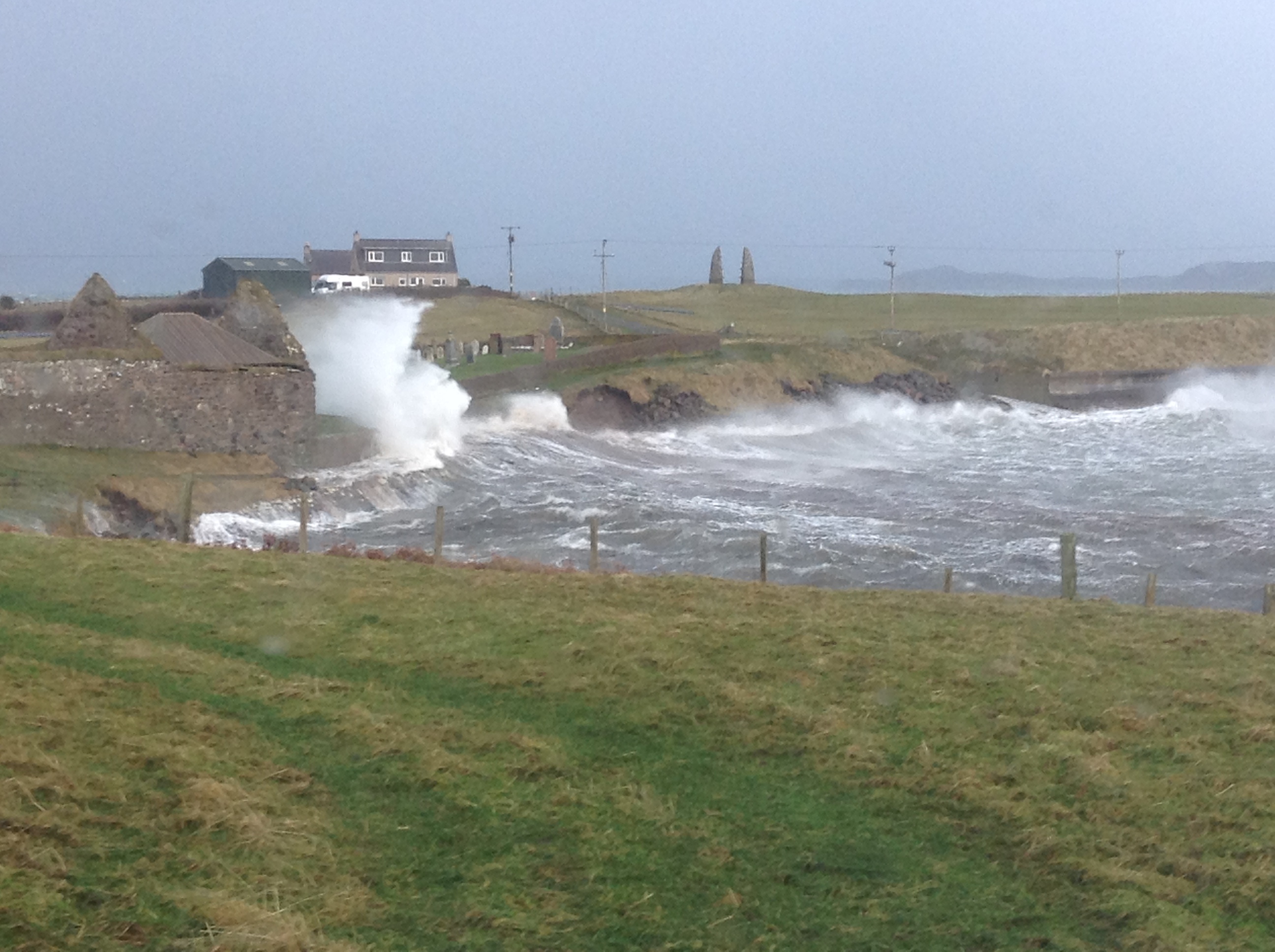Police were called in after human bones were found near a beach on the Western Isles last week.
It has now been established the rib bones are from an ancient church nearby, the graveyard of which previously extended beyond its existing walls.
The bones could be up to 600 years old.
However, the recent “weather bomb” also exposed the remains at the Ui Church on the Braighe causeway at Aignish, near Stornoway, and it has now emerged the entire church and graveyard are now in danger of being lost without about £250,000 being spent on coastal protection.
Eaglais na h-Aoidhe, as it is known in Gaelic, was dedicated to St Columba and its details are recorded in a papal letter of 1433. Although there are many churches dedicated to St Columba in both Ireland and Scotland, it is thought the chapel of the Ui Church may have been built after the Reformation of 1560.
A local charitable trust was set up in January 2001 to help save the historic site and to bring it back into community use.
Its secretary Liz Chaplin confirmed the ancient bones had been exposed and that Historic Scotland was advising them to help save the site.
She said: “The bones can be seen on the shoreline under the church so the police were notified. They will be tucked back in, set in concrete and effectively reburied.”
The main church building survived the bad weather because sheet piling was put down in 2006 and remortaring was done in 2012. However the trust fears that another storm could undermine the site.
Mrs Chaplin added: “Large boulders, known as rock armour, may now be used to secure the site from more damage and engineers will consider the insertion of more sheet piling. It could get worse at any time but we are being guided by Historic Scotland.”
However the rock armour alone could cost in the region of £200,000.
She said: “It is a complicated engineering challenge. We applied for landfill tax revenue for more sheet piling. We were looking for £69,000 but only got £25,000. However, there are ways the Scottish Government can give emergency funding to certain projects.”
A spokeswoman for Police Scotland said: “Police have been informed of this matter by the council and will continue to liaise with the regional archaeologist, providing assistance if necessary.”
